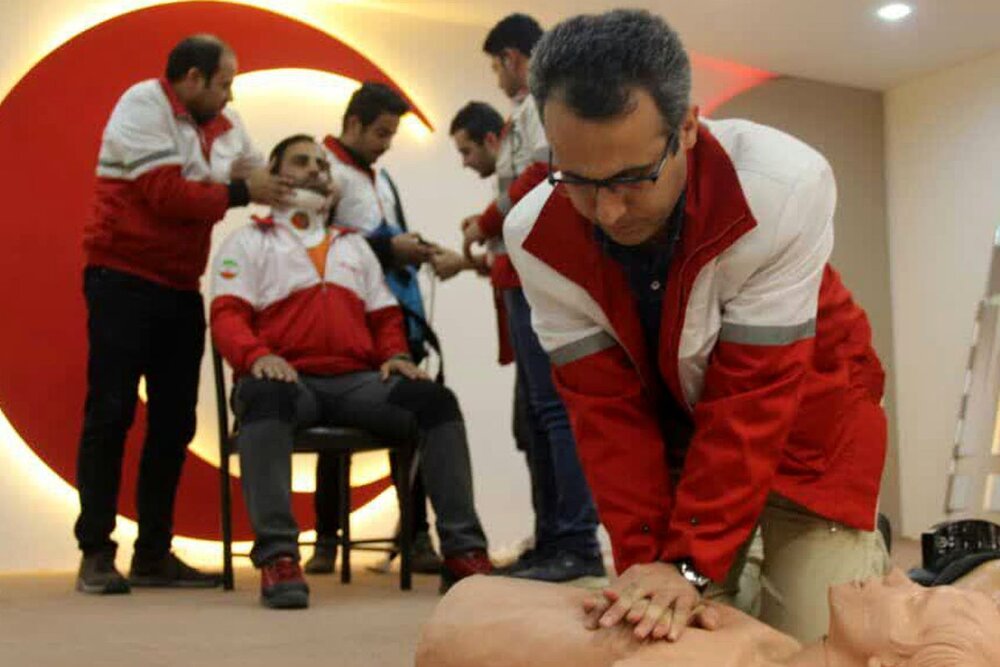IRCS to train 30,000 public education instructors

TEHRAN – The Iranian Red Crescent Society (IRCS) plans to train 30,000 citizens as public education instructors for preparation against natural hazards.
Over the next five years, 85 million Iranians should receive public education on how to react during natural incidents, Yaqub Soleimani, the secretary general of the IRCS, said.
As a response to natural disasters, the IRCS, together with 21 other organizations, has trained 15 target groups, he said, IRIB reported on Monday.
At the same time, 9,000 trainers are engaged in training the more than 80 million people in the country, while we need 30,000 training instructors to prepare the whole population, which is underway, he concluded.
Earlier this month, the IRCS announced the formation of a new plan in responding to disasters, as natural hazards caused by climate change such as floods, droughts, and water shortages are increasing.
Environmental disasters
Throughout history, mankind has always struggled with natural disasters, which are exacerbating over time.
The Iranian plateau, with its location between two vast expanses of water as well as the intersection of the Eurasian plateau and Saudi Arabia, has always been exposed to numerous natural hazards and disasters.
Earthquake, as one of the main natural challenges, occasionally becomes the uninvited guest of Iranian homes. On the other hand, the existence of important rivers and water reservoirs in the country has also increased flood risk. About 2 percent of the earthquakes in the world occur in Iran but more than 6% of the victims of the world earthquakes during the 20th century are reported from Iranian earthquakes.
According to UN surveys this year, the main natural disasters listed for Iran are drought, floods, and earthquakes. Subsidence is also a phenomenon that has emerged as one of the consequences of drought along with the aforementioned three challenges.
The country has been repeatedly exposed to sand and dust storms due to its presence in the arid and
FB/MG
Leave a Comment